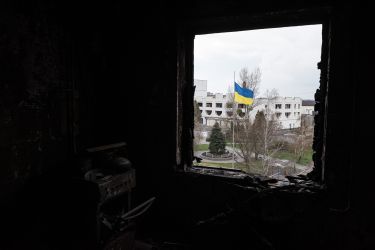
Politics & Society
Why the war in Ukraine is so hard to stop
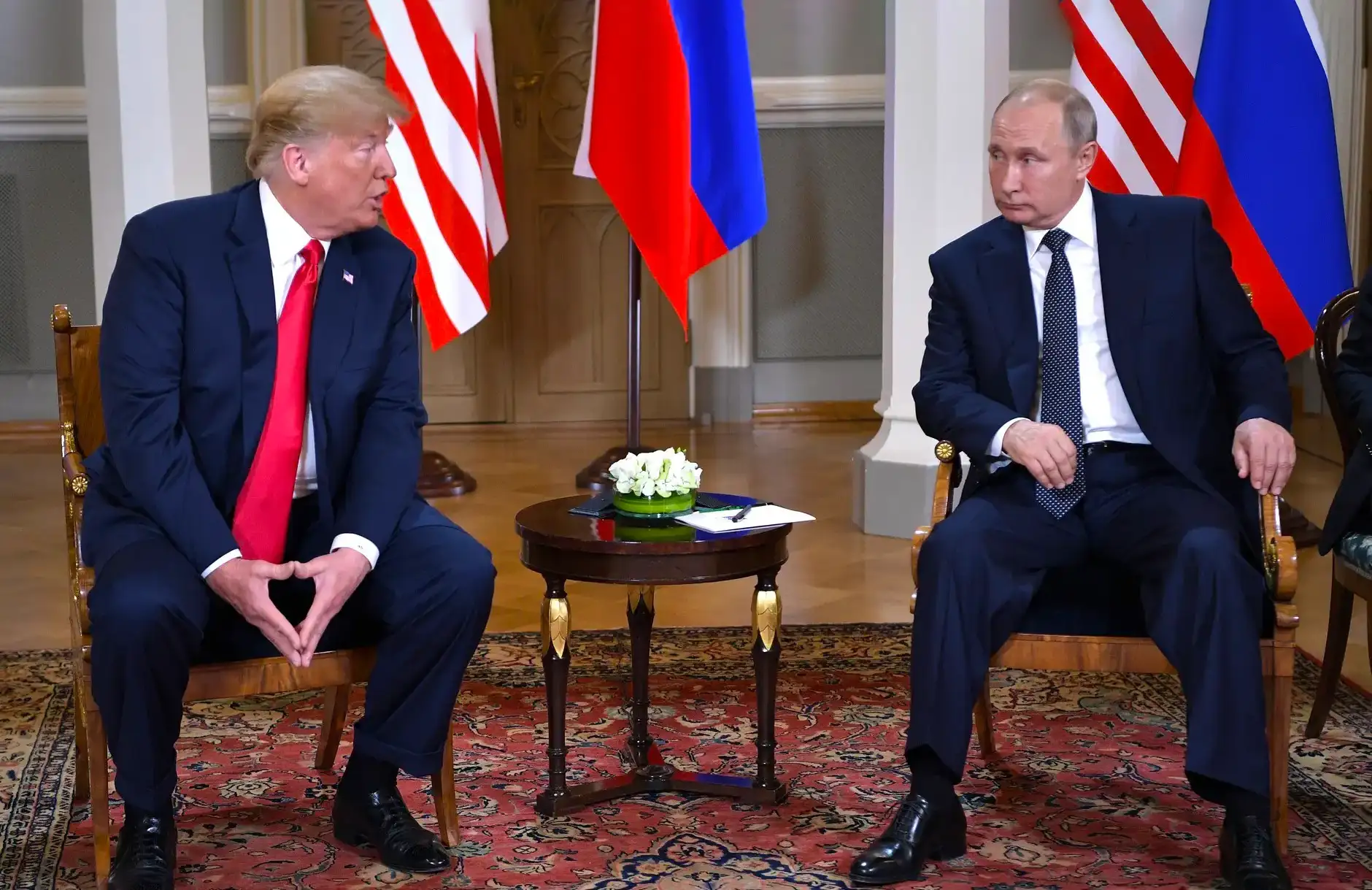
Although Trump says Putin will face “very severe consequences” if no Ukraine truce is agreed, it’s unlikely the meeting will result in decisive agreement
Published 15 August 2025
In Alaska, Donald Trump and Vladimir Putin will meet without a plan, without Ukraine, and without the guardrails that usually keep such encounters from going off the rails.
It will be the first face-to-face between an American president and Putin since Joe Biden’s 2021 Geneva summit – the kind of heavily scripted, choreographed affair that summitry is supposed to be.
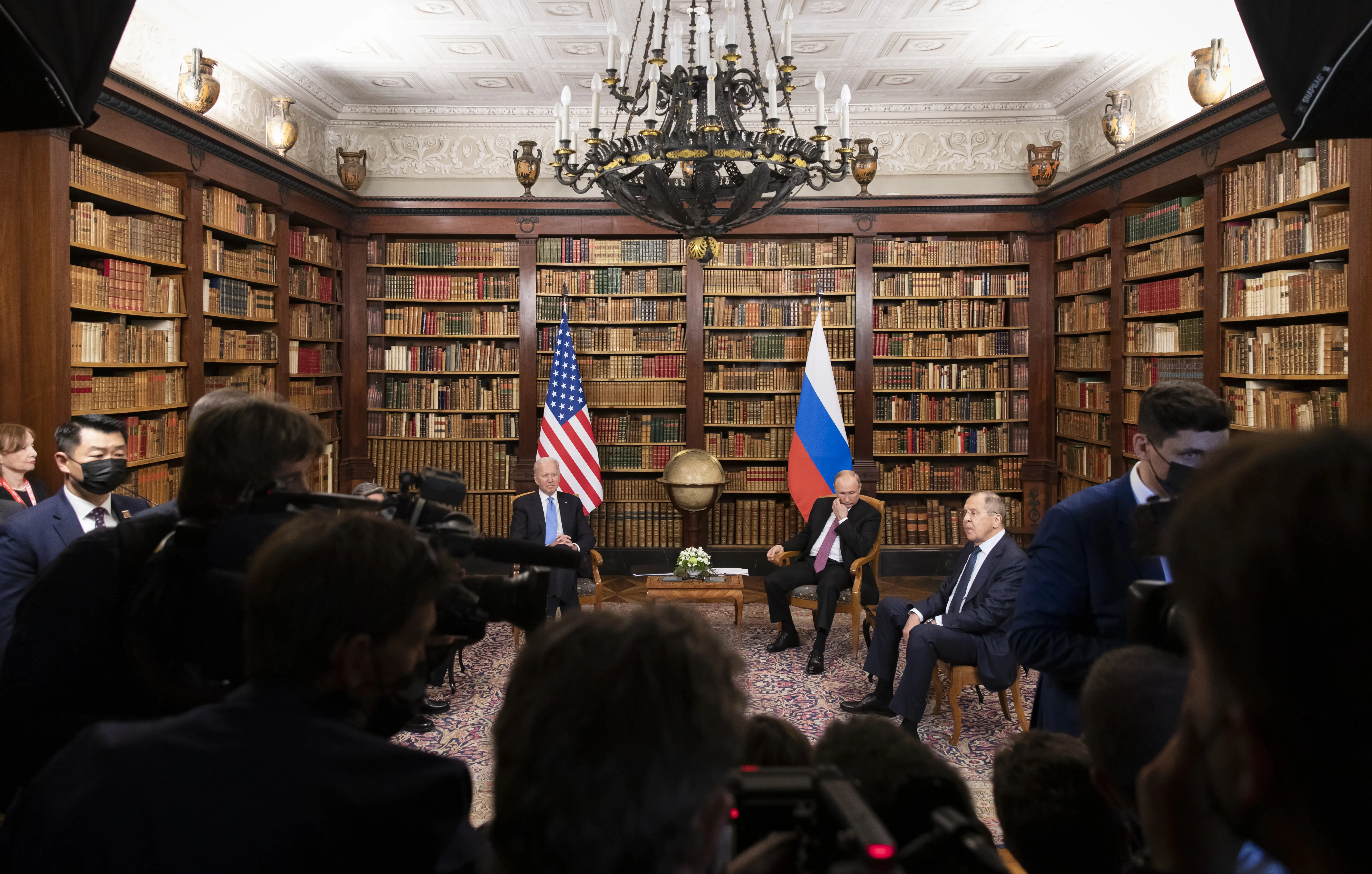
This time, the choreography has been replaced by a scramble.
The venue was decided on Tuesday. The agenda is unclear. The Ukrainian president has not been invited.
Summits are normally built months in advance.
There’s an order to things – painstaking policy negotiations, long calls between diplomatic teams, advance staff arriving weeks ahead to walk the routes, check the chairs and reconcile the ceremonial order of precedence.
(In Russia, the Patriarch of the Orthodox Church ranks above the foreign minister. In the US, it’s the opposite. You can imagine the arguments.)
Every detail is mapped out: which flowers for the table, how long the motorcade runs, which doors leaders use so neither appears subordinate.
These are the guardrails that protect the optics and the politics – and that’s before the first word is spoken.

Politics & Society
Why the war in Ukraine is so hard to stop
I’ve worked those advance trips. You arrive early enough to know the smell of the carpet in every hallway. You negotiate road closures that upend daily life for residents.
When we hosted APEC in San Francisco in 2023, I was living two blocks from Biden’s hotel and wound up the only person on my block who could move freely through the security gates. My neighbours texted me for help getting home.
We did our best to communicate, but the truth is that no matter how carefully you plan, people get caught in the machinery of an international summit.
The difference is that usually, there’s a reason for the disruption – a purpose that’s been worked toward for months. This time, it’s all happening on the fly.
The meeting place – Elmendorf Air Force Base outside Anchorage – is no neutral ground.
Alaska’s strategic importance dwarfs its modest size; on a flight map, it’s the midpoint between Washington and East Asia, a giant refuelling stop for the cargo planes that cross the Pacific.
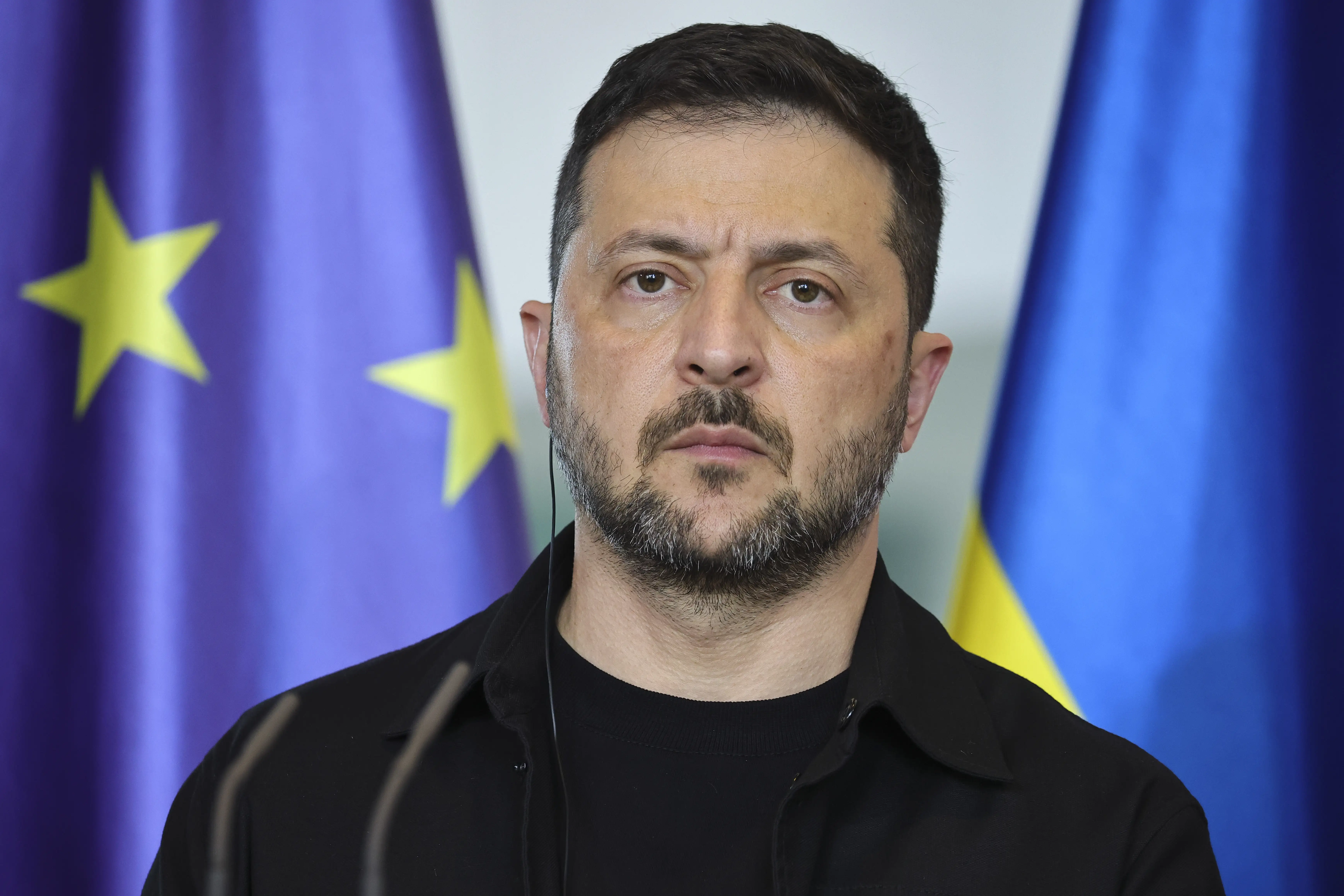
It was Russian territory until 1867, when it was sold to the US in a deal derided at the time as folly.
Putin allowing this meeting to happen on what was once Russian soil will not be lost on anyone in Moscow. Nor will the fact that it’s taking place on an American military installation, rather than a palace or museum designed to convey balance.
When the US hosted Biden’s meeting with Xi Jinping in 2023, we chose a mansion with botanical gardens – a deliberate gesture of visual neutrality. This meeting is something else entirely.
The bigger break from tradition is who isn’t there. The leader of the country being invaded – Ukrainian president Volodymyr Zelenskyy – will be in Berlin, watching a livestream.
It’s a sharp reminder of the power imbalance baked into this war.
Putin has made no secret of his belief that Kyiv belongs to Moscow’s orbit, and his anxiety about it ever becoming the capital of a stable democracy.
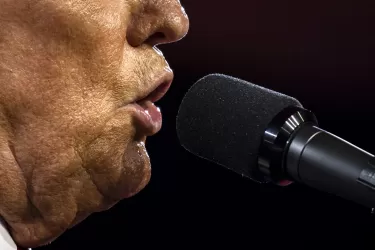
Politics & Society
From the ‘royal we’ to ‘me, me, me’
When Ukraine’s pro-Russian president fled in 2014 and his gaudy mansion became a museum for what happens to autocrats, Putin began slicing away Ukrainian territory. Crimea fell first.
Then, in 2022, Russian forces seized much of Donetsk and Luhansk. These aren’t just lines on a map; they’re pieces of a neighbour carved away because Moscow couldn’t tolerate an independent path.
Putin calls it a “special military operation” – a phrase that feels as false as America’s “police action” in Vietnam. The absence of a formal declaration of war changes nothing for the civilians dodging drones and missiles.
And this is what makes the Alaska summit so dangerous: Putin is a master at turning even the briefest meeting into a win for himself. On American soil, he’ll present himself to his domestic audience as an equal to the US president, extracting concessions in the shadows.
The last time he met Trump face-to-face, Trump sided with Putin over America’s own intelligence agencies. Trump is famously swayed by whoever speaks to him last, especially if they flatter him.
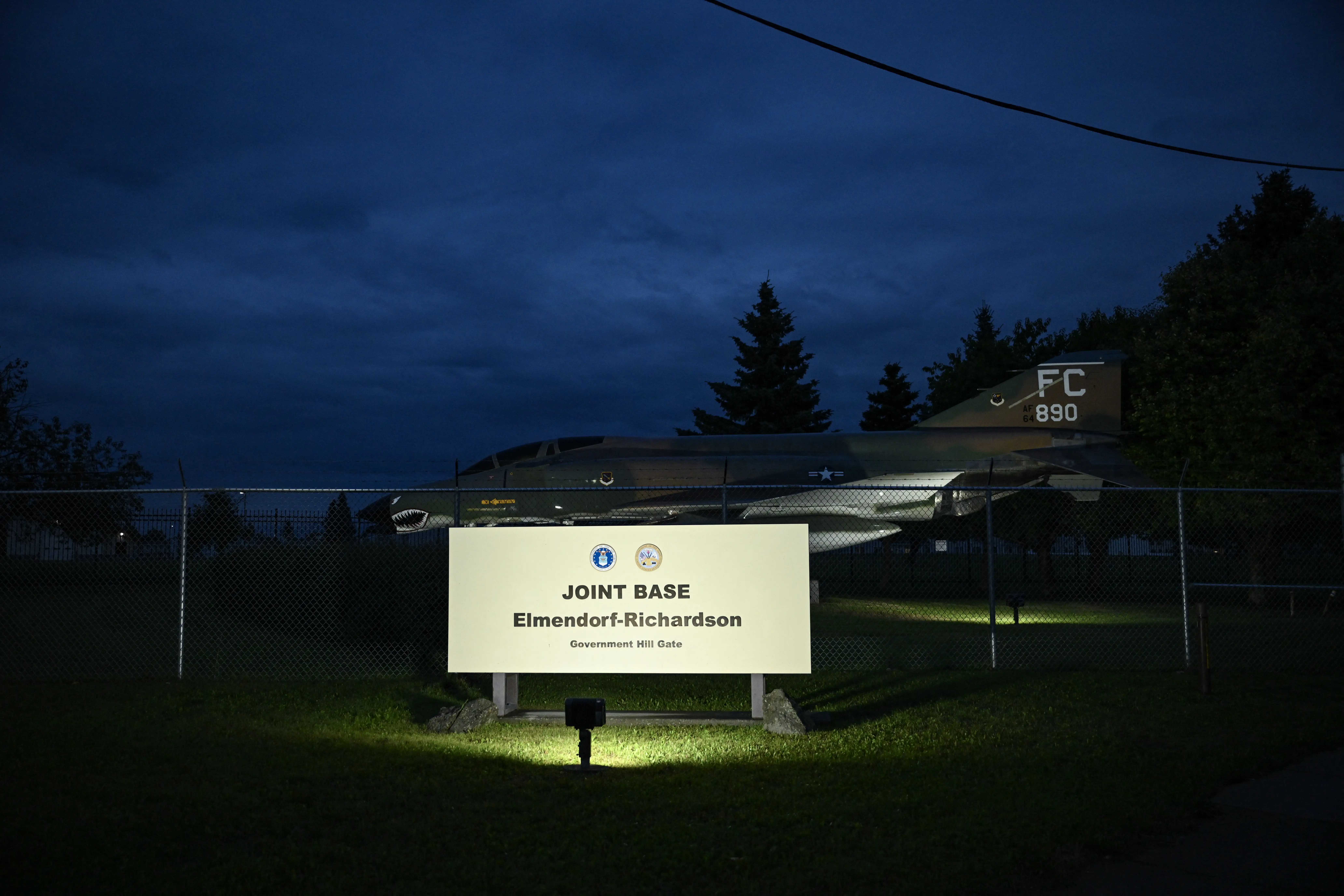
This time, Trump’s team says he’s coming to "listen". There’s no sign of the grinding preparation Biden went through before Geneva – weeks of reading briefings, meeting allied leaders, war-gaming scenarios.
Trump sees himself as a master negotiator, but his record shows a preference for the quick deal over the right deal. That’s exactly the sort of posture Putin can exploit.
The likely offer: a ceasefire on Moscow’s terms, one Ukraine had no part in negotiating, cementing territorial losses and giving Russia room to take more later.
Anyone who has dealt with a schoolyard bully knows how that ends – give up 20 per cent of your lunch money and they’ll be back for the rest.
I was in Kyiv last month.
Soldiers and civil society leaders there understand American politics better than most Americans – because they have to. Under Biden, they say, they’ve received just enough to avoid losing but never enough to win.

Politics & Society
Your social media feed is changing democracy
Under Trump, they see danger and opportunity: danger in his transactional view of alliances, opportunity in the possibility that Putin might irritate him enough to trigger a burst of US support.
These are not people who share Trump’s politics. They are literal democrats – willing to die for the idea that their government should answer to the people, not to Moscow’s diktats.
They want a future where Soviet-style corruption is gone and institutions serve the public. That’s the world they’re fighting for, and the one most at risk in Anchorage.
For Putin, the stakes are about legacy and leverage. He wants to be the next Tsar, the man who pulled a fractured Russia into a new Soviet-style bloc.
For Trump, the stakes are domestic and personal. Congress is in recess. He’s staring down the latest storm from the Epstein files.
A successful summit – defined on his own terms – would give him a win to point to, a distraction from the scandals, and a chance to play the ‘deal-maker’ role his base loves.
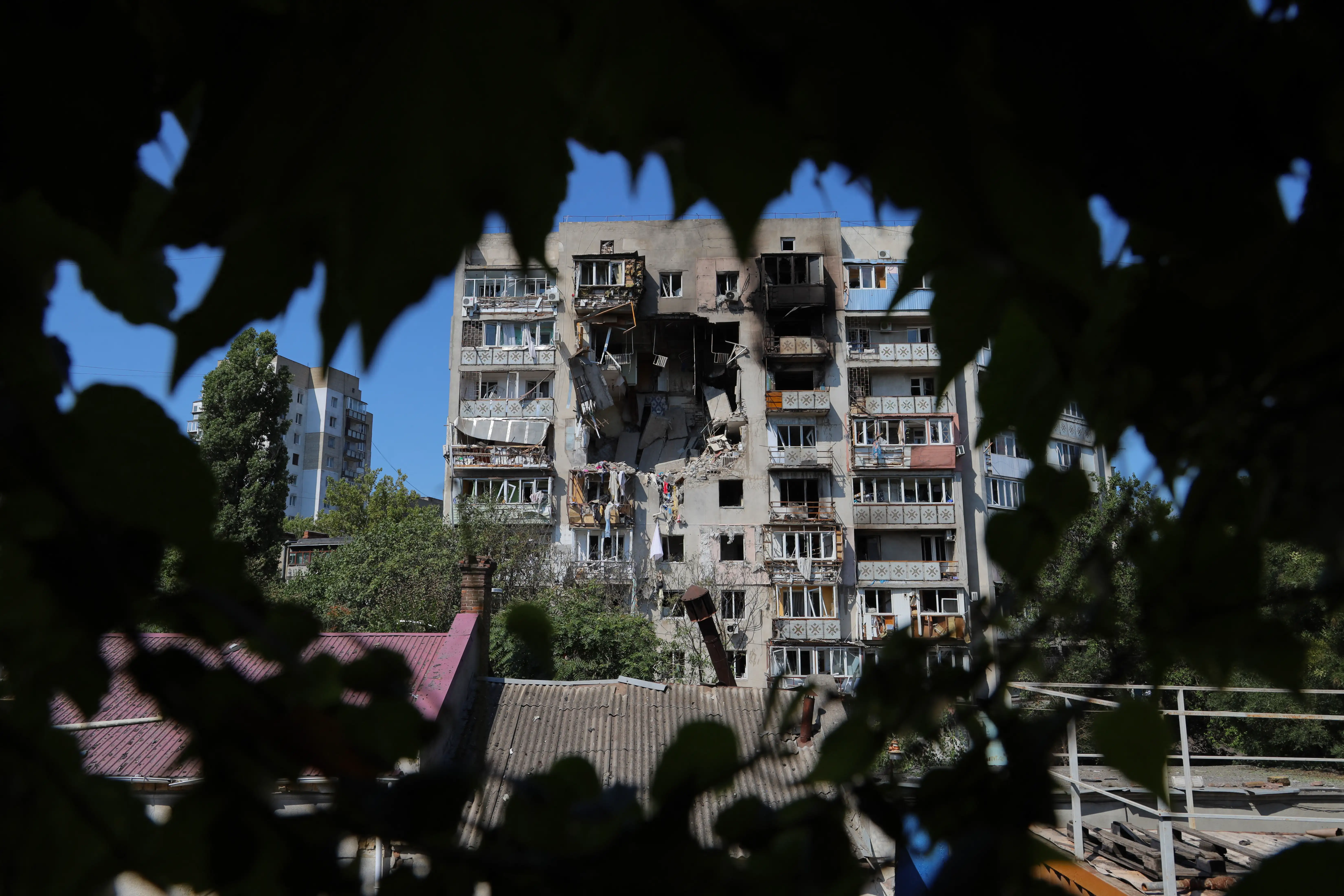
The likely outcome? No decisive agreement. No Ukrainian victory. Just two leaders walking away with selective truths to tell at home.
Putin will claim that Trump saw things his way. Trump will boast about his ability to “get along” with the Russian president.
Only four people – the two of them and their translators – will know what was actually said. And in the meantime, the war grinds on.
Deadlines in Trump’s world are more about theatre than results. His sudden calls for ceasefires in Ukraine come with arbitrary end dates, just as his tariff deadlines did.
In capitals around the world, staffers bet on how much they’ll slip – weeks, months, indefinitely. But each one comes with a cost in lives. When Trump set his last ceasefire deadline, Putin responded with one of the deadliest drone barrages on Kyiv since the war began.

Politics & Society
Trump is no Caesar, but the republic is collapsing
I watched hundreds of them rise in the distance, filling the night sky. Dozens were killed – many of them children.
All civilians. The human toll of these political games is paid far from the negotiating table.
And that’s where we find ourselves: a rushed meeting on a military base in a state that’s both American and once Russian, with the stakes for a democratic ally decided without its presence.